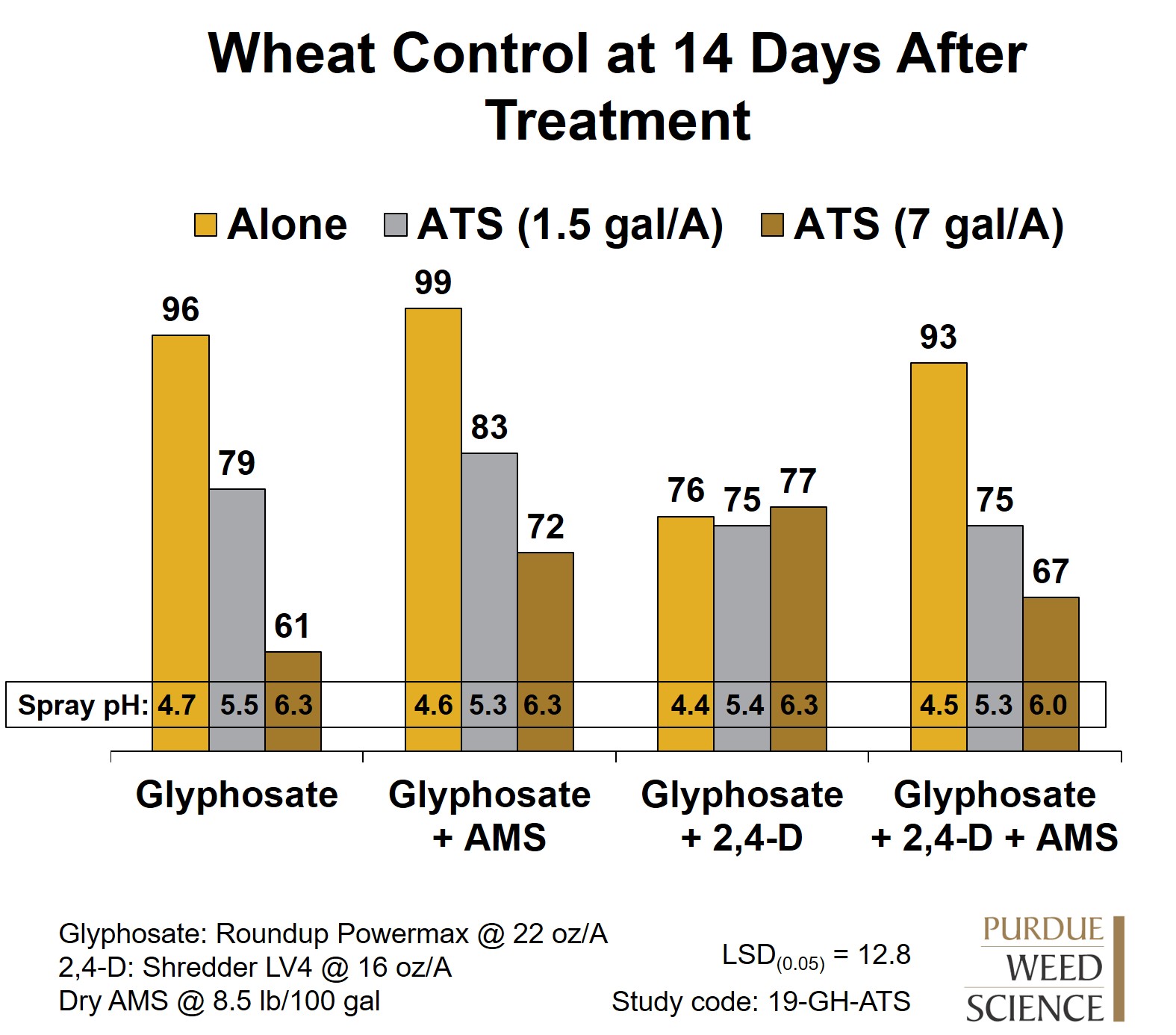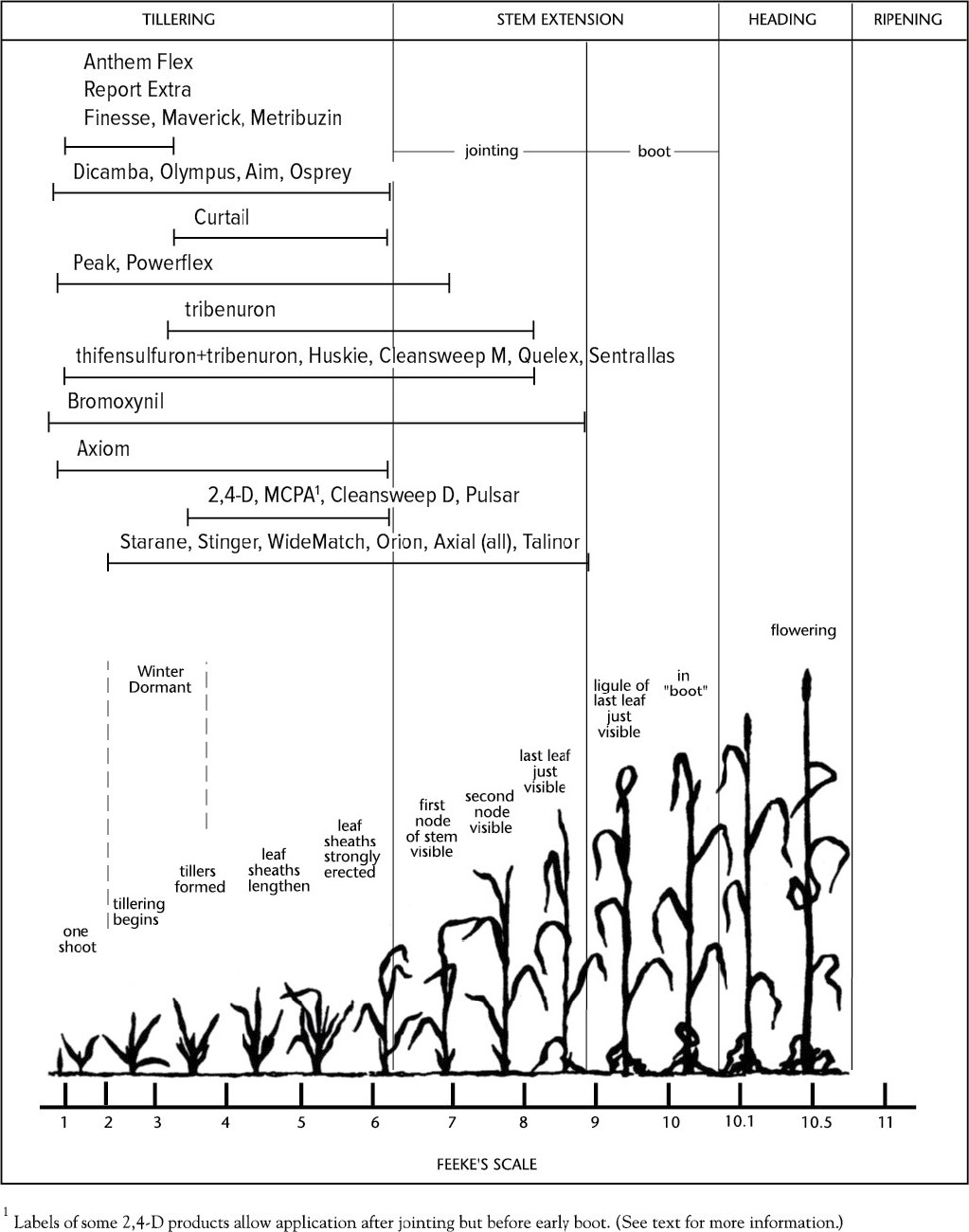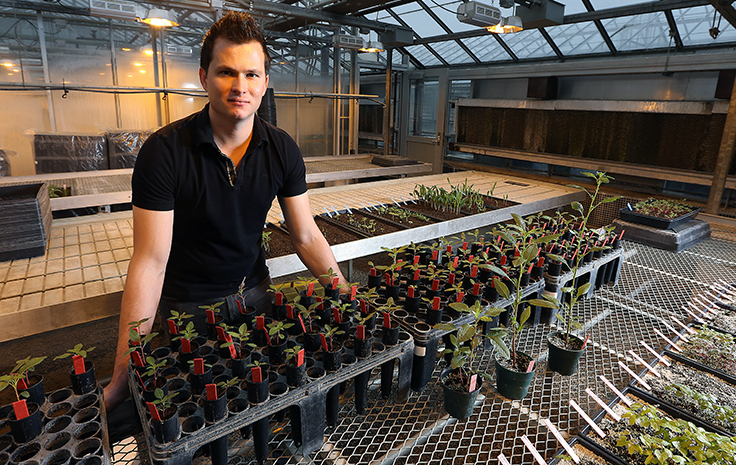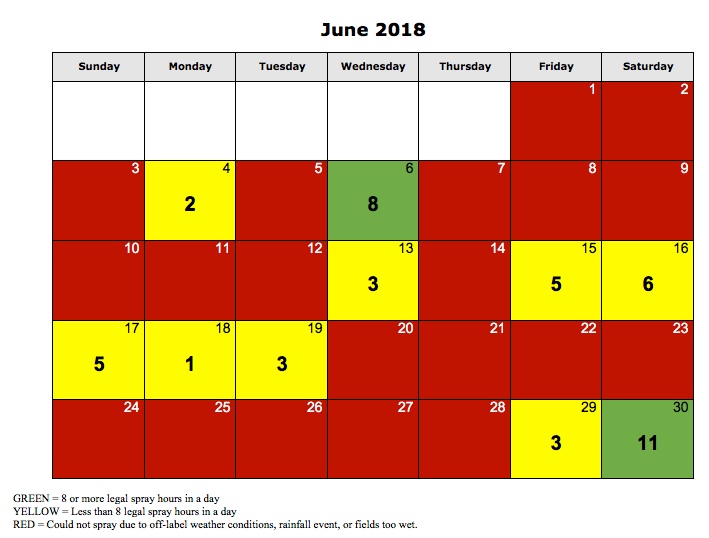Wild garlic (Allium vineale) has shown up in many Indiana no-till corn and soybean fields this spring especially, in southern Indiana. Wild garlic is most troublesome in wheat, where aerial bulblets contaminate harvested grain and impart the garlic flavor into processed products such as wheat flower. Infestations in corn and soybean fields have less adverse effects on the crop, but can spread quickly across fields and are difficult to control with typical burndown treatments of glyphosate and 2,4-D. Management of wild garlic must occur early in the spring as this perennial will quickly become reproductive in mid to late spring. Wild garlic produces aerial bulblets and begins to senesce in late spring to early summer. As with all weeds, wild garlic management needs to occur prior to seed or in this case bulblet production to reduce future infestations. Ideally herbicide applications should take place in early April when the wild[Read More…]
Bill Johnson


This spring we have received a number of questions regarding the use of glyphosate-based burndown herbicides programs with ATS (ammonium thiosulfate). Increased use of ATS is being driven by the fact that sulfur deficiency symptoms are showing up on fields with low sulfur soil test levels.

This spring we have received a number of questions regarding the use of glyphosate-based burndown herbicides programs with ATS (ammonium thiosulfate).

The winter is finally winding down and we are bound to have warmer days and spring in the near future. As we look towards the warmer weather there a few field activities that are going to start quickly, including winter wheat greenup herbicide applications and winter annual weed burndown applications in no-till fields.

I would like to take this opportunity to introduce Marcelo Zimmer to our crop production and protection clientele.
Ohio, Indiana, and Illinois are heavily infested with weeds resistant to glyphosate (group 9), PPO inhibitors (group 14), and ALS inhibitors (group 2). This has greatly reduced the number of effective postemergence herbicides for controlling these weeds in Roundup Ready 2 (RR2) soybeans.
On October 31st, the EPA approved revised labels for Xtendimax, Engenia, and FeXapan for the 2019 and 2020 growing seasons. The labels will expire in December of 2020.

Even with some recent rainfalls across the state, many areas across Indiana are still experiencing a drier than normal planting season (Figure 1).

Now that we are in the middle of July and most herbicide applications in corn and soybean should have ended, we wanted to take a look back at June this year. Specifically, we wanted to look at the weather this past June with regards to the labels for Engenia, FeXapan, and Xtendimax.
As most of you are aware, we are monitoring the dicamba and Xtend soybean situation fairly closely. There have been a number of articles in the press recently regarding drift complaints and acreage affected in other states.
© 2024 Purdue University | An equal access/equal opportunity university | Copyright Complaints | Maintained by Pest&Crop newsletter
If you have trouble accessing this page because of a disability, please contact Pest&Crop newsletter at luck@purdue.edu.


